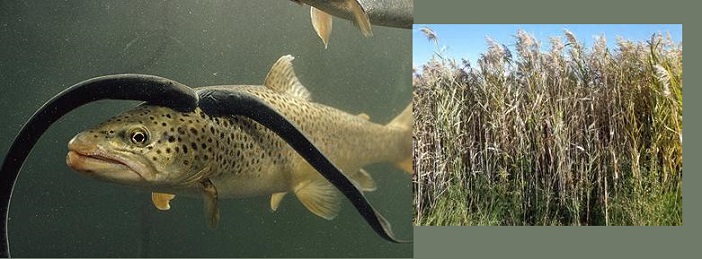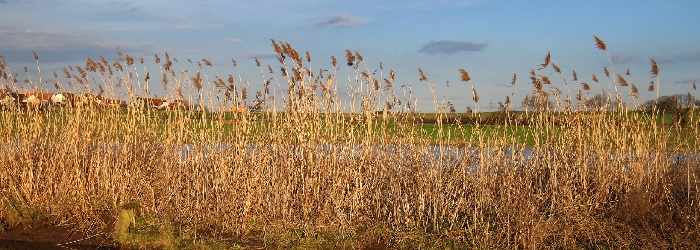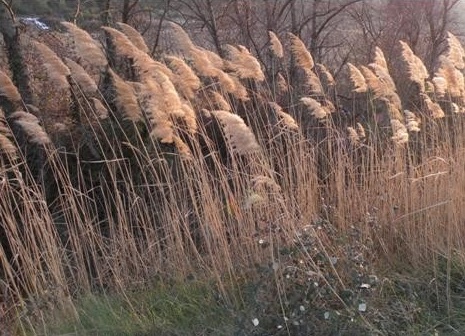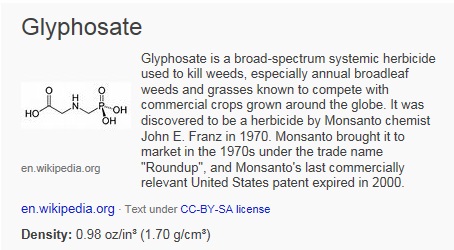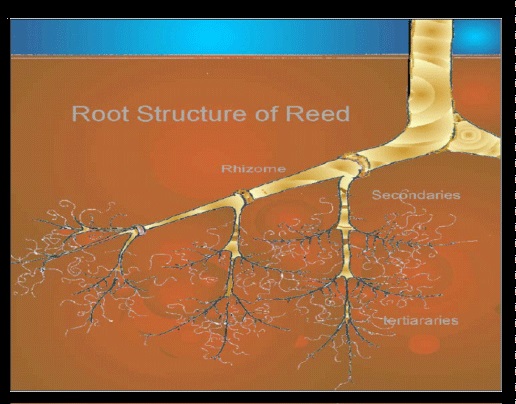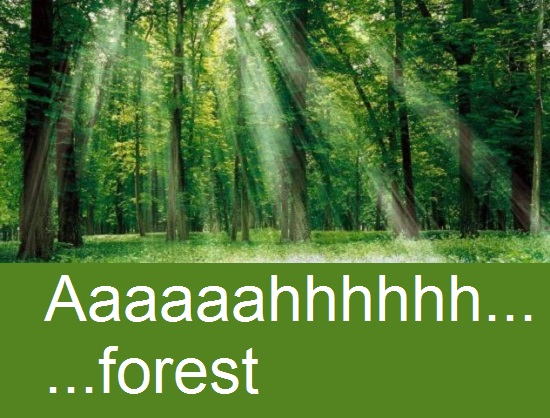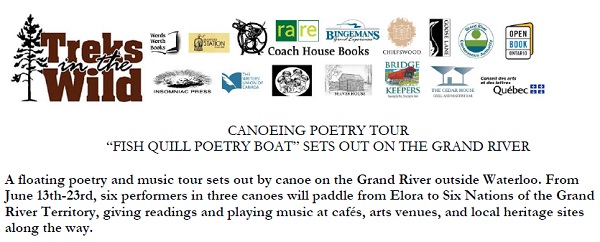When sea lamprey became entrenched in the Great Lakes, the impact on native fish was tremendous. Decades later, we are still battling lamprey, but Asian carp are waiting at the door with ramifications that will make lamprey look tame.
Fallout on ecosystems and native species is often severe, and sometimes irreversible. The damage Asian carp could do to our Great Lakes is unimaginable and the phragmites invasion is choking out wetlands across the province. Damage from invasive species is not just ecological, but also financial with estimates of $7.5 billion annually on forestry and farming.
When passed, the province’s new Invasive Species Act will make Ontario the first province to have such a law. Basically, the bill lays out how to help prevent invasive species, how to detect and respond rapidly to the presence of new invaders, and effectively manage those already established. The concept is admirable, but I do have a few concerns.
The bill has wide-ranging support from various stakeholders, but it is reactionary when in many cases a more proactive approach would be appropriate.
To start, the identification of invasive species will be done through a so-called black list. It requires harm from a species before it will be regulated. However this is reactive rather than preventative. To explain further, the approach to sea lamprey is reactive, whereas the present approach to Asian carp is preventative. It’s easier and less costly to deal with an invasive species before it’s established.
An approach that is frequently recommended, but not used in this bill, is the pathways approach. Using this approach, the regulation of invasive species is based on the risk of invasion via certain pathways so it can be regulated and the risks mitigated. One example is requiring the gutting of all Asian carp imported into Canada for food to make sure they are dead.
The bill does not outline a science-based approach to risk assessment and decision making. My concern is red tape to identify invasive species will hamper prevention efforts.
The act downloads the responsibility of implementation to landowners, but leaves little incentive for landowners to act. As a property owner, I have concerns the bill will be punitive and unfair.
The bill creates two classes of invasives – significant threat and moderate threat. Although there are tools to deal with moderate-threat invasives in provincial parks, there are no tools or authority for private landowners. I have seen this in my own battle against phragmites on our farm and the limited tool kit permissable.
Another concern is the act would create a heavy-handed regulatory scheme that will punish innocent persons who have the misfortune of having an invasive species on their land and download costs of dealing with it to the owner. I am also opposed to the warrantless entry provision for authorities to search property and buildings.
The penalties set out in the act are higher for corporations than individuals. While this concept seems sound, the government failed to take into account the fact many businesses and family farms are incorporated.
I have faith in the science personnel within the Ministry of Natural Resources and Forestry who provided the basis for the act. But I also believe there is a wealth of knowledge amongst anglers, hunters, naturalists, farmers and commercial fishermen and their associations that can be incorporated with more public consultation. Toby Barrett, MPP
Supplemental– Great Lakes Commerical Fisheries Michigan Fish Producers Conference
